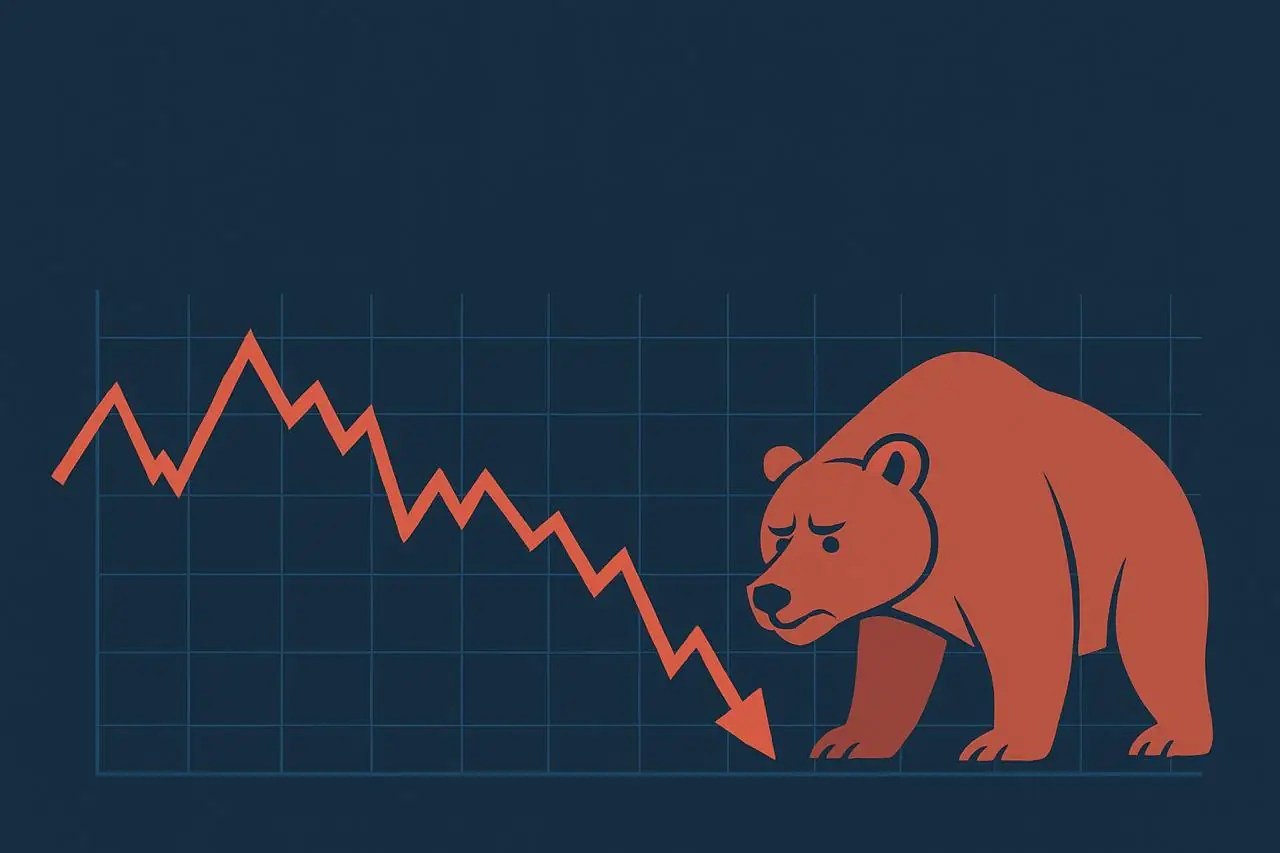The post Strategists See Risk of Extended Downturn After Bitcoin Bear-Market Drop appeared com. Bitcoin The crypto sector is experiencing one of its most severe downturns of the year, with Bitcoin collapsing to levels that technically qualify as a bear market. Key Takeaways: Bitcoin has entered bear-market territory after erasing all 2025 gains. More than $800M in leveraged positions were liquidated and $2B exited digital-asset products. Analysts link the downturn to weak inflows, macroeconomic pressure, derivatives liquidations, and tech-sector de-risking. The move has wiped out all gains accumulated since the start of 2025 and has now sparked concerns across both retail and institutional segments of the market. Instead of a gradual decline, the sell-off has unfolded through aggressive forced selling. More than $800 million in leveraged positions have been liquidated, according to market trackers, and approximately $2 billion exited digital-asset investment products in the same window signaling risk reduction rather than rotation. Market Analysts Flag Structural Instability The latest pullback was examined during a macro-economics roundtable published on The Wolf of All Streets YouTube channel, where market strategists assessed whether the current breakdown is isolated to crypto or part of a wider deterioration in risk assets. Participants noted that the volatility profile mirrors the early stages of previous major crash events, where derivatives-driven liquidations accelerated downturns faster than sentiment alone could justify. What’s Driving the Decline Experts point to four interconnected factors amplifying the downturn: Fresh capital entering crypto markets has slowed noticeably. Macro uncertainty including global economic stress and central-bank policy risks is weighing on investor appetite. Derivatives markets show high forced-liquidation pressure, influencing spot price action. Ongoing insider selling in the tech sector is pushing institutions to de-risk broadly, not only in crypto. A Turning Point Rather Than a Dip? According to commentary during the broadcast, the recent correction does not resemble the typical “shakeout” behavior seen within bull.


